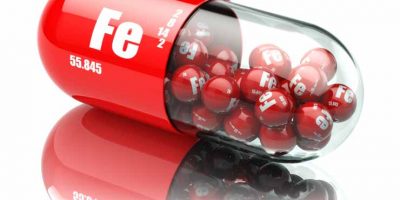We note that the sustainable ROE as per the formula comes out to be around 133.2% in 2020. For all earlier years, it is in excess of 200% (which seems highly unlikely). Due to recent volatility in foreign exchange (leading to sales volatility) and buybacks done by the management (leading to an increase in ROE), sustainable growth is not making sense here.
Net Working Capital Turnover Ratio
For instance, technological companies tend to have a higher P/E ratio compared to others. In addition, we have the human capital aspect that is also very difficult to assess. For such reason, valuation can be considered more of an art than a science. Through this ratio, you know that every 67 days your inventory will be turned in sales. A high inventory ratio indicates a fast-moving inventory and a low one indicates a slow-moving inventory. This ratio shows how the well the inventory level is managed and how many times inventory is sold during a period.
Inventory Days:
Risk analysis examines the uncertainty of income for the firm and for an investor. Payable days have increased to 71.4 days in 2020 as compared to 68.5 days in 2017. This implies that Inventory is used up every 73 days on average and is restored to its original levels. Think of Inventory Days as the approximate number of days it https://construction-rent.com/real-estate takes for inventory to convert into a finished product.
Return on Investment Ratios
Operating performance ratios try and measure how the business is performing at the ground level and is sufficiency, generating returns relative to the assets deployed. The reason is that when we think about receivables, it directly comes from Sales made on a credit basis. However, the Cost of Goods sold is directly related to inventory and is carried on the balance sheet at cost. The Cash Coverage ratio considers only the Cash and Cash Equivalents (there are the most liquid assets within the Current Assets). If the company has a higher cash ratio, it is more likely to be able to pay its short-term liabilities.
Operating margin is the percentage of sales left after accounting for COGS as well as normal operating expenses (e.g., sales and marketing, general expenses, administrative expenses). This ratio measures the efficiency of the use of a company’s operating assets. Leverage Ratios are ratios that analyze a company’s solvency or the level of its debt financing relative to its equity financing. An example of a leverage ratio is Total debt / Total shareholders’ equity.
Return on equity (ROE)
Ratios that analyze a company’s liquidity or its ability to “cover” its financial debt obligations. Sales / Accounts receivable (either the ending balance or average balance). This ratio measures how effective the company’s credit and collection policies are.
#4 – Solvency Ratio Analysis
Whenever a corporation purchases shares of its common stock, the number of outstanding shares of common https://rozamimoza2.ru/free-cheats-game-hacks-spoofer-bots-executor-updated-skin-changer/ stock will decrease. Hence, the corporation’s net income after tax will be divided by a smaller number of outstanding shares of common stock. This will cause the corporation’s earnings per share (EPS) to increase.
- It helps gauge whether a stock is overvalued or undervalued relative to its top-line revenue.
- Efficiency is the ability of a business to quickly turn its current assets into cash that can help the business grow.
- These higher turnover ratios mean there will be less days’ sales in receivables (Ratio #11) and less days’ sales in inventory (Ratio #13).
- This ratio explains how much more significant is the debt in comparison to equity.
Cross-sectional analysis compares the financial ratios of different companies at the same point in time. It allows companies to benchmark from other competitors by comparing their ratio values to similar companies in the industry. http://inrus.com/?langId=2 This financial ratio indicates whether or not working capital has been utilized effectively in sales.





Leave a Reply